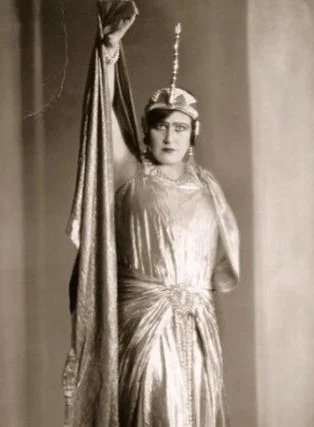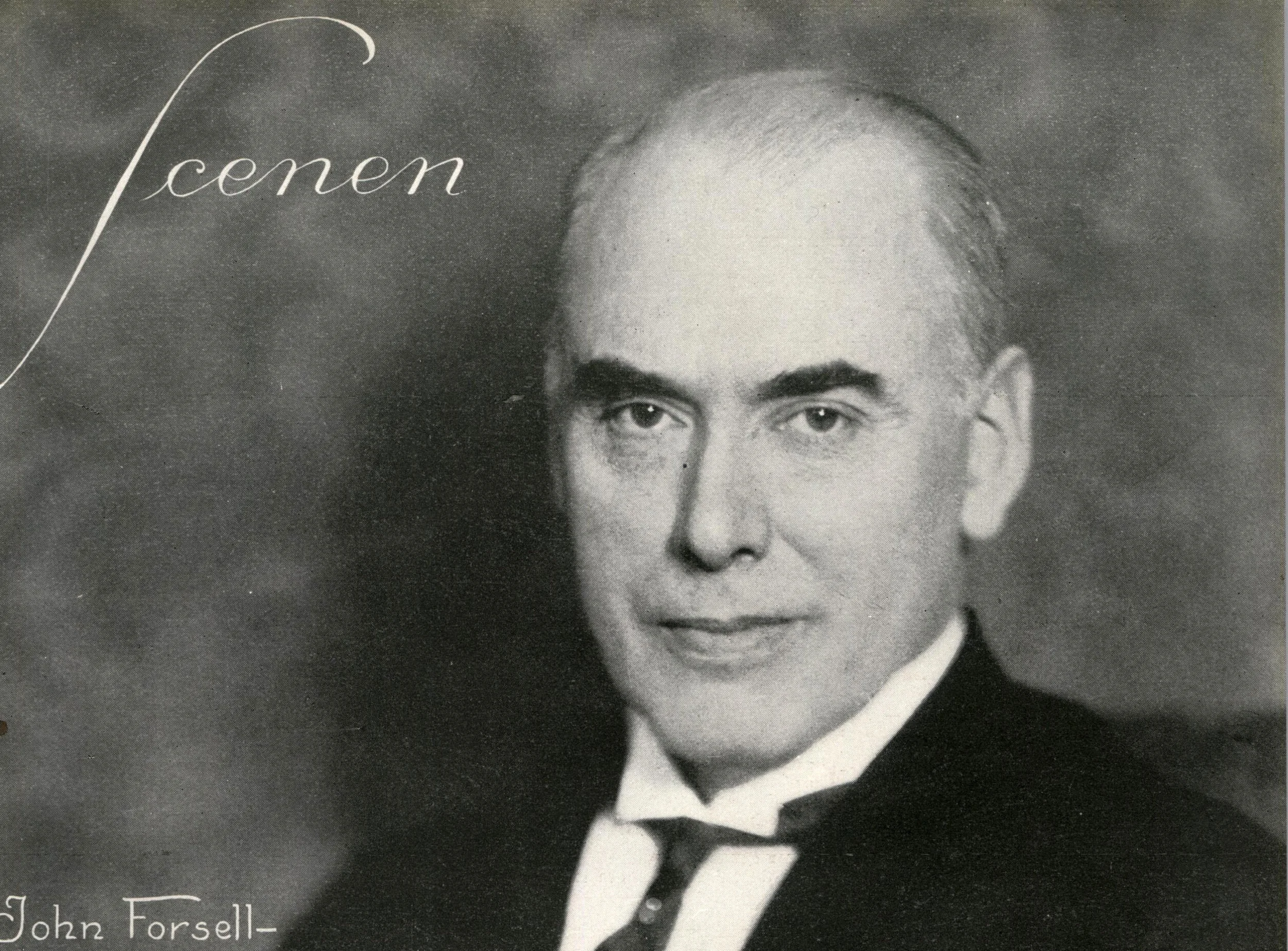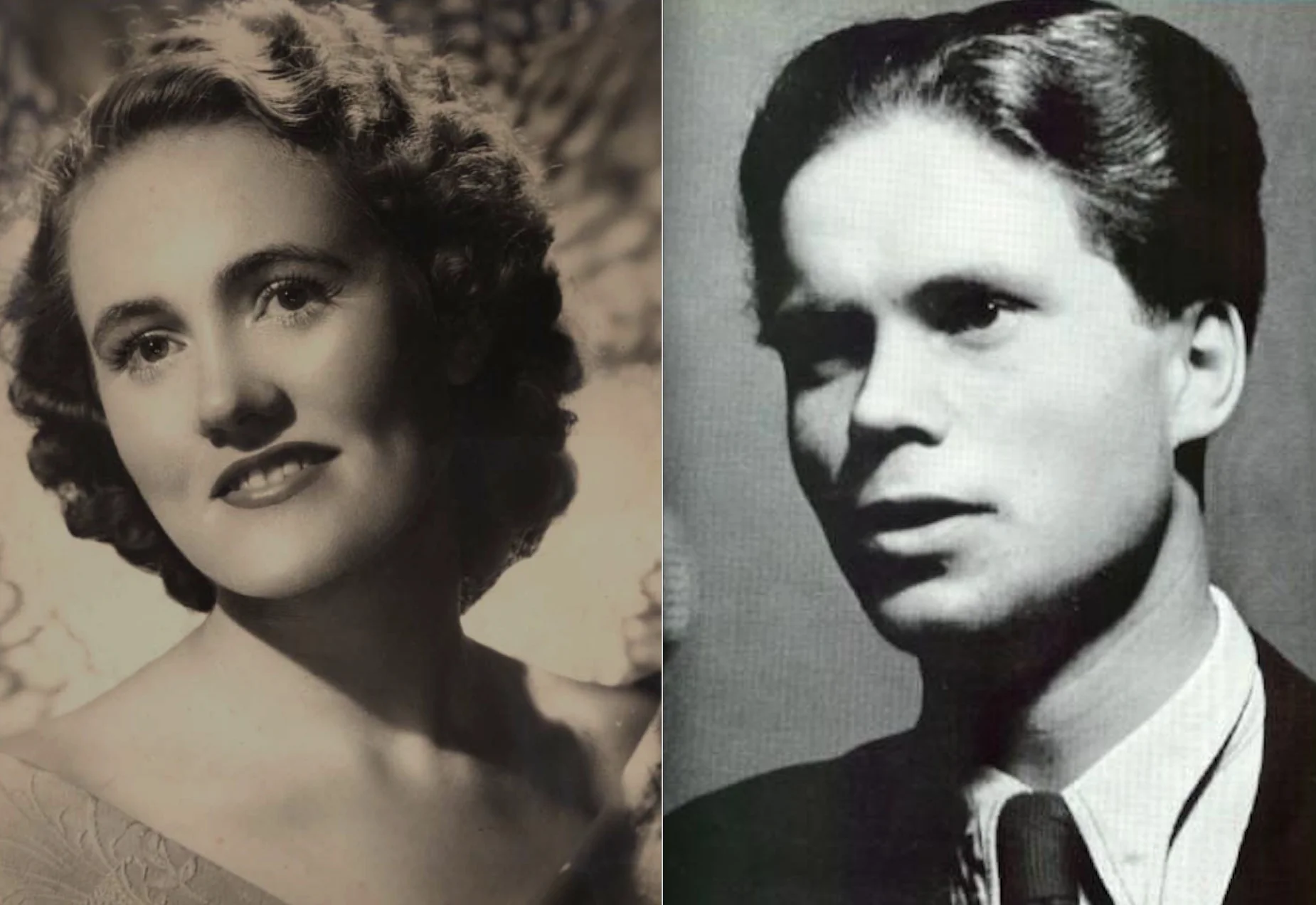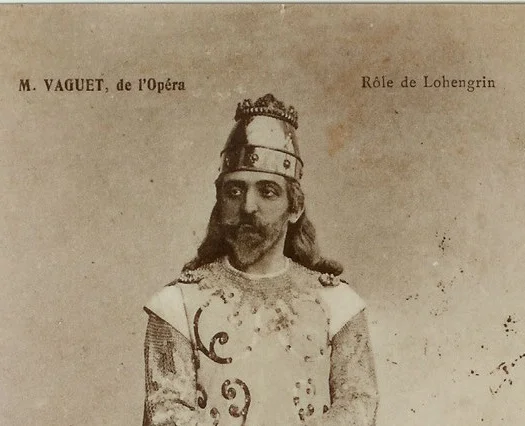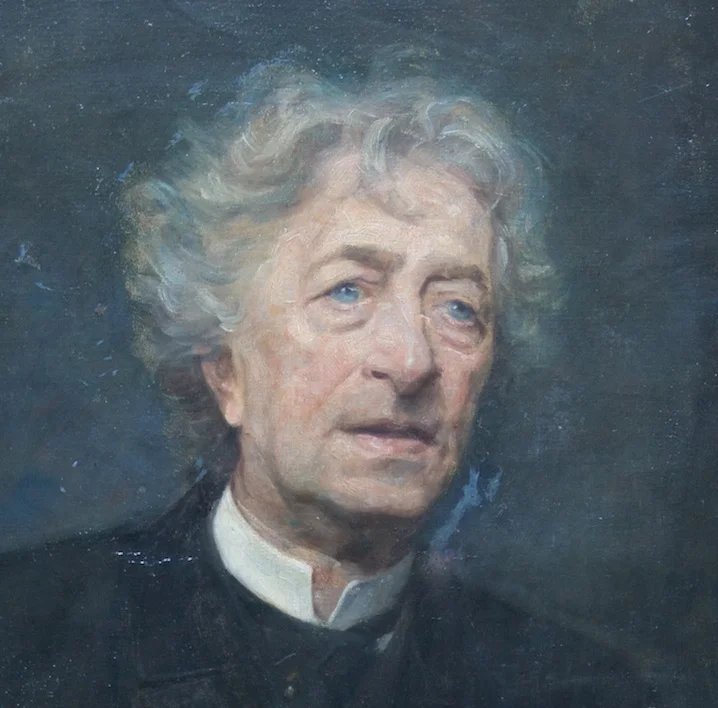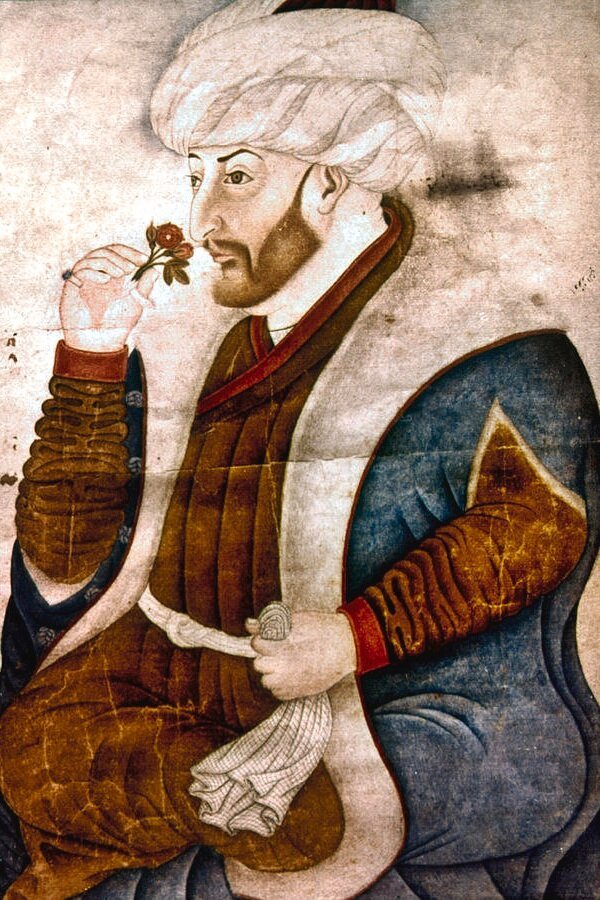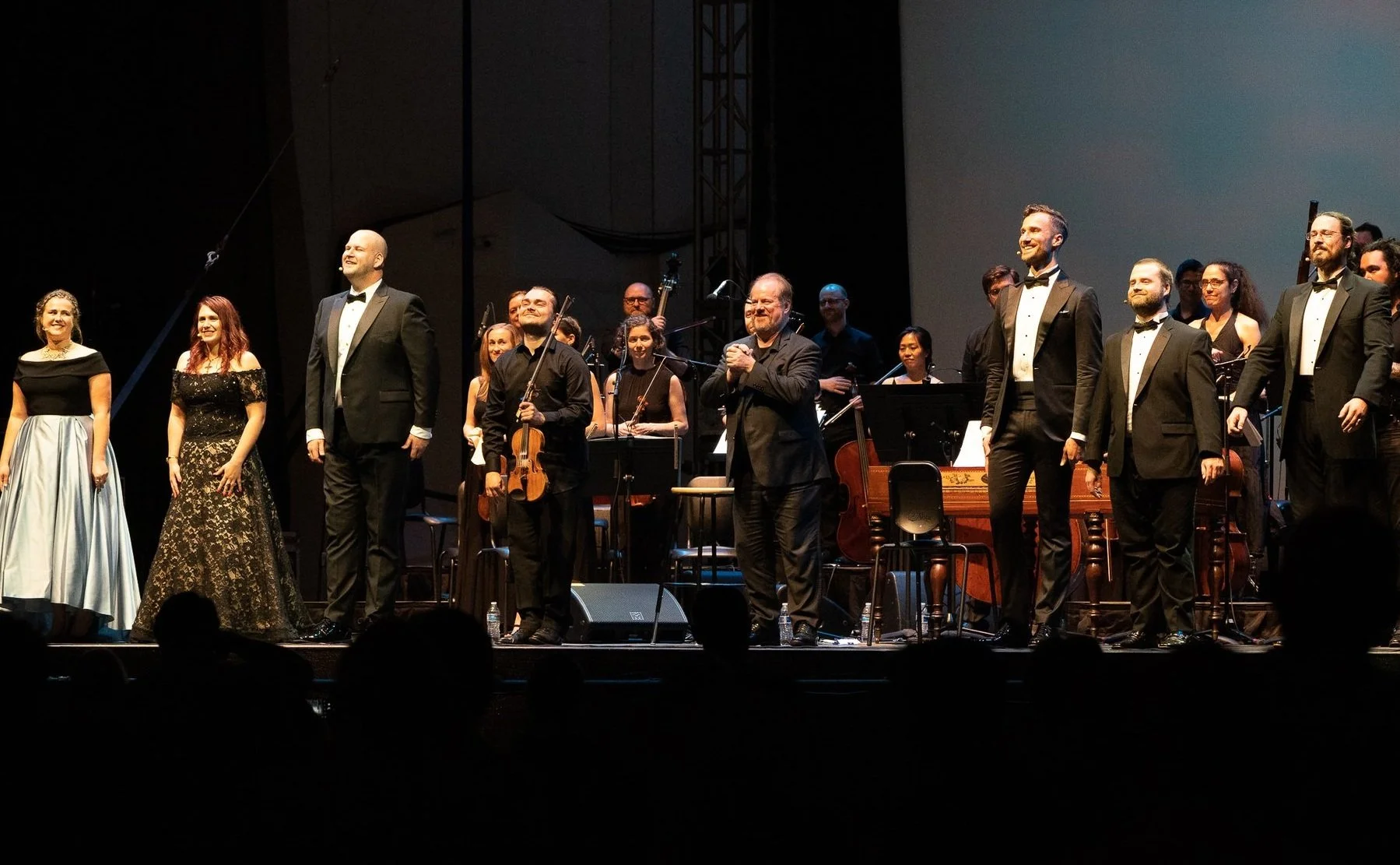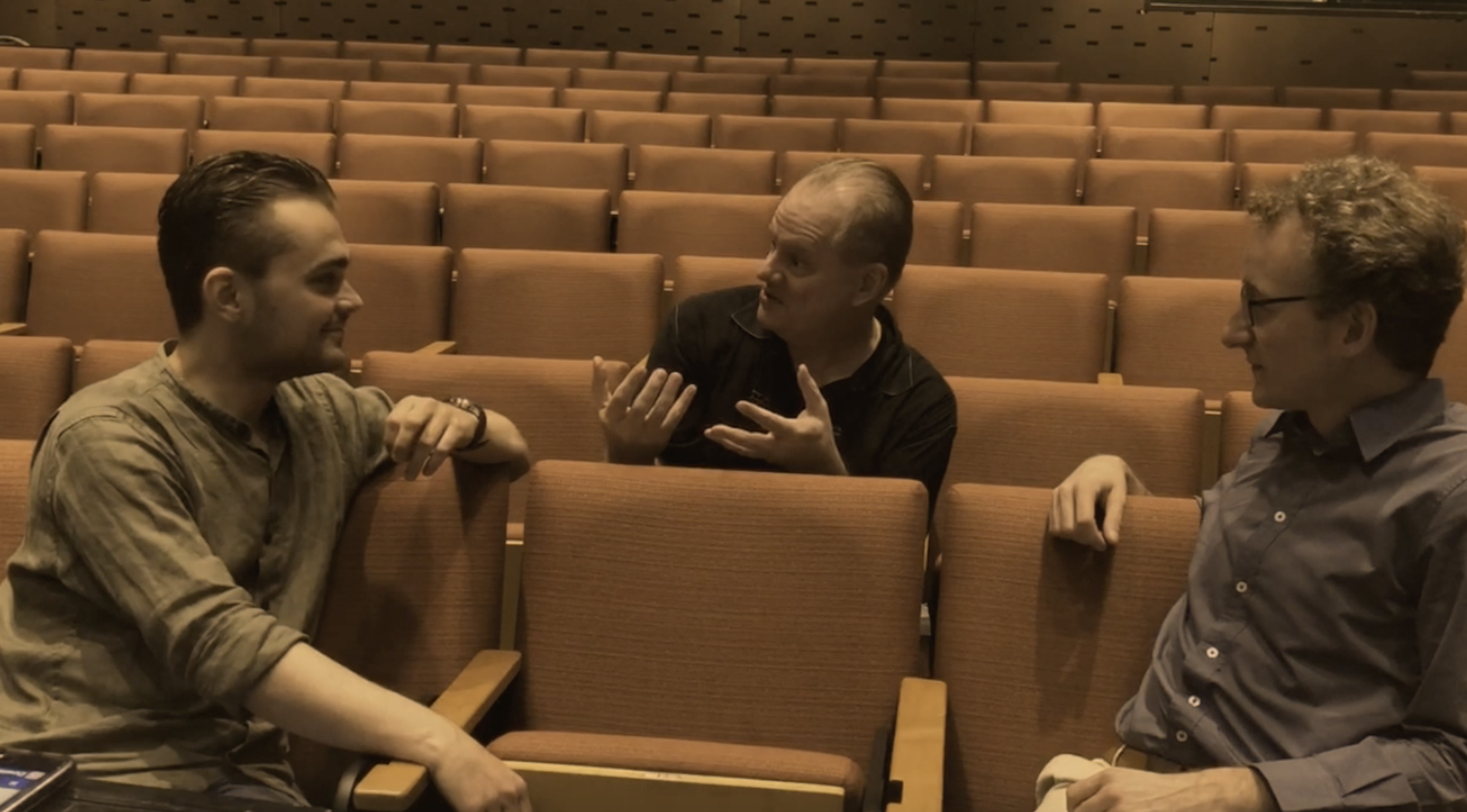Dúo
Pedro Vargas
This week’s record is by two pop singers I wish I could hire to sing Nadir and Zurga in Pearlfishers. Or maybe even Don Carlos and the Marquis of Posa. Why? First, beautiful, steady, well-managed voices that define pitch cleanly and stay attractive at both loud and soft levels. Second, they know how to sing a duet. Meaning: they listen to each other, match their phrasing, balance their volume, coordinate their attacks and releases. It’s an essential Bel Canto skill, but harder to find than one might think.
This is how you hope Norma and Adalgisa would sing together, and you barely imagine two male singers doing it. OK, for operatic purposes they are too heady and “light,” but the basic vocal equipment is there. And when they let loose with a forte on top A-flat and F towards the end - well, who knows how those notes might have developed if they had taken an operatic path, but the signs are good.
Alfonso Ortiz Tirado
That path had been open to them. Pedro Vargas (1906-1989) studied with Mario Talavera, the author of the song heard here, who had been a successful operatic tenor in his youth. Alfonso Ortiz Tirado (1893-1960) did not turn seriously to singing until already established in his parallel profession as one of Mexico’s leading gynecological and orthopedic surgeons, but he too had lessons with serious teachers, and actually recorded a few light-tenor arias for Victor.
But just around the time they came of age, something new was happening: thanks to the fairly recent invention of recording and the brand new media of radio and “talking” movies, it was suddenly possible to get quite rich singing “popular” songs. Both of them did so, with hundreds of records and dozens of hits (Ortiz Tirado used his earnings to found a children’s hospital in Mexico City).
In fact pop singing and opera singing were not so far apart in 1933. They couldn’t be: microphones were just starting to catch on, and functional loudspeakers had first appeared only in 1924. So although amplification of performances had begun here and there (especially outdoors), nobody yet had mikes in the clubs, bandstands, and small theaters where pop singers earned their living. They had to project. Not as much as an opera singer with a big orchestra in a big house - but still. Notch up our Mexican duo just a few levels, and you get what Giovanni Martinelli and Giuseppe de Luca were doing in Don Carlos.
De Luca and Martinelli with colleagues
And what exactly were they doing? Good duet work requires real skill at both musical and vocal levels. You have to be able to sing while listening and listen while singing, so as to coordinate in the ways suggested above - but even a great ear is no use if you don’t also have really fine physical control of your voice, so as to respond instantly to what you hear from your partner. Vargas and Ortiz Tirado do this so well you might think they had honed their act in endless tours - but in fact, among their hundreds of records, this seems to be their only collaboration.
Teatro Nuovo puts great emphasis on learning from the singers who had never heard, or heard of, microphone singing - primitive recordings from more than a century ago, forming a link to the traditions of opera’s heyday and the infinite potential of the natural, unassisted human voice. Check this space regularly for samples, and click here for some pointers on how to listen.
UPDATE: In response to reader requests, two further clips: one of Ortiz Tirado in opera, and one of Vargas’s teacher, the tenor and composer Mario Talavera (1885-1960).














![Image 2 - Henry T. [Harry] Burleigh - Detroit Public Library.jpeg](https://images.squarespace-cdn.com/content/v1/596bb4e703596e837b624445/1591713684327-N7HW488JSZ7EN8T5AJSR/Image+2+-+Henry+T.+%5BHarry%5D+Burleigh+-+Detroit+Public+Library.jpeg)







